How do Solar Inverters and Batteries Work?
When it comes to harnessing the power of the sun, solar inverters and batteries are like the dynamic duo of renewable energy systems. They work hand in hand to ensure that the energy generated by solar panels is not only converted into a usable form but also stored for future use. Imagine your solar panels as a bustling factory, churning out energy during the day, while the inverter acts as the factory manager, converting the raw product (DC electricity) into a form that can be used in your home (AC electricity). Meanwhile, the batteries are like the warehouse, storing excess energy for when the sun goes down or when the demand spikes. Together, they create a seamless flow of energy, allowing you to maximize your solar investment.
Solar inverters play a pivotal role in the efficiency and effectiveness of solar energy systems. Their primary function is to convert the direct current (DC) electricity produced by solar panels into alternating current (AC) electricity, which is what your home appliances require. This conversion is crucial because, without it, the energy generated by your solar panels would be useless for everyday applications. The efficiency of the inverter directly impacts the overall energy production of the system. If the inverter is not functioning optimally, you could be losing a significant amount of energy that could have been utilized.
Batteries, on the other hand, are essential for storing the excess energy produced during sunny days. This stored energy can be used during cloudy days or at night, ensuring that you have a reliable power supply regardless of the weather conditions. By integrating batteries into your solar energy system, you not only enhance your energy independence but also increase your resilience against power outages. In essence, batteries allow you to 'bank' the sun's energy, providing you with the freedom to use it whenever you need it.
In conclusion, understanding how solar inverters and batteries work together is crucial for anyone considering a solar energy system. They are not just components; they are integral parts of a larger ecosystem that enables you to harness the sun's energy efficiently and sustainably. Whether you are looking to reduce your electricity bills, achieve energy independence, or contribute to a greener planet, knowing how these technologies work can empower you to make informed decisions about your energy future.
- What is the lifespan of solar inverters and batteries?
Typically, solar inverters last about 5 to 10 years, while batteries can last anywhere from 5 to 15 years depending on the type and usage.
- Can I use solar energy without batteries?
Yes, you can use solar energy without batteries, but you will rely on the grid for power at night or during cloudy days.
- Are solar batteries worth the investment?
Yes, solar batteries can provide significant savings on electricity bills and offer backup power during outages, making them a worthwhile investment for many homeowners.
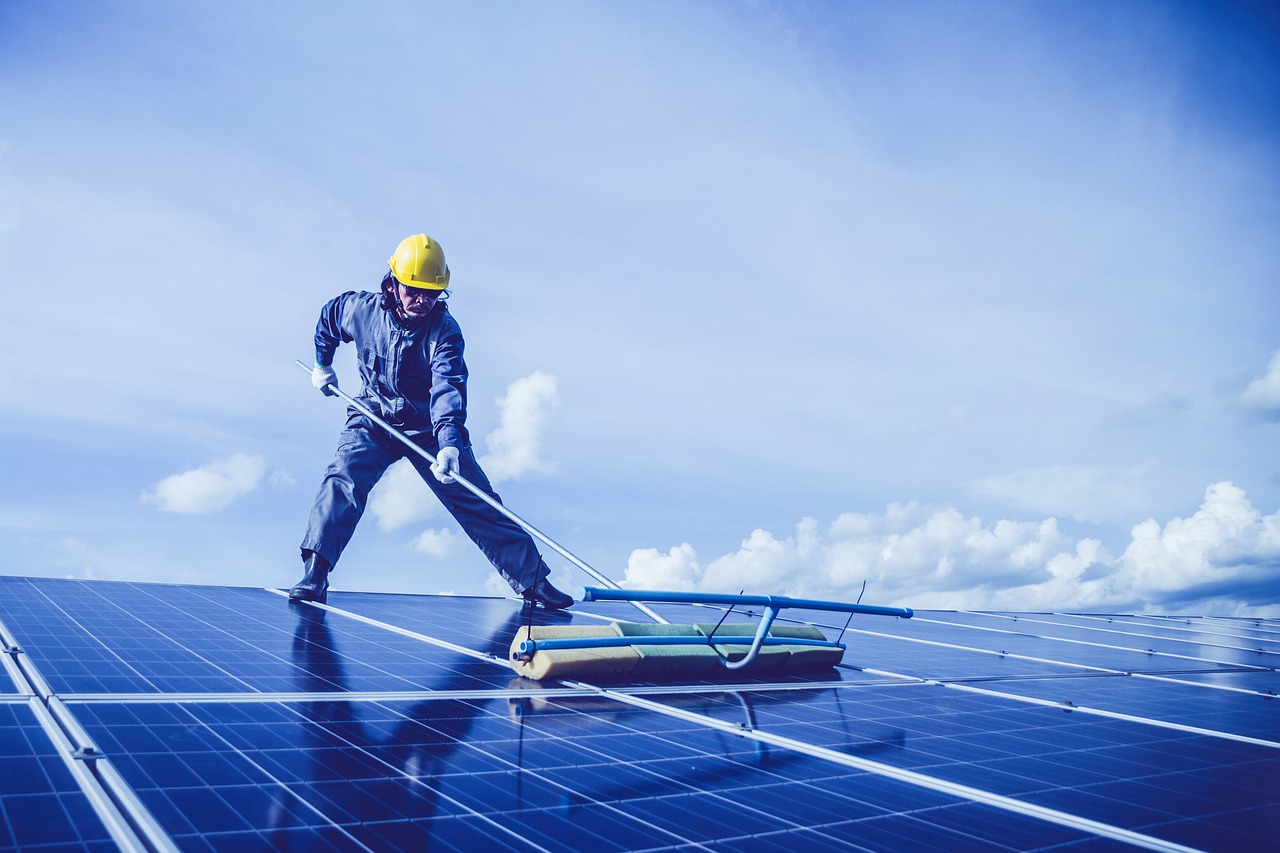
Understanding Solar Inverters
This article explores the essential components of solar energy systems, focusing on the roles of solar inverters and batteries in converting, storing, and utilizing solar energy effectively.
Solar inverters play a pivotal role in any solar energy system. They are the unsung heroes that transform the direct current (DC) electricity produced by solar panels into alternating current (AC) electricity, which is the standard form of electricity used in homes and businesses. Without inverters, the energy generated by solar panels would be of no use to us, as most household appliances and devices run on AC power. This conversion process is crucial because it directly impacts the overall efficiency and performance of the solar energy system.
Think of solar inverters as the translators of the solar energy world. Just like a translator converts languages, solar inverters convert electricity types. The efficiency of these devices can make a significant difference in how much energy you can use, which is why it's essential to choose the right type of inverter for your specific needs. An efficient inverter not only maximizes energy production but also ensures that the energy generated is utilized effectively, reducing waste and enhancing the overall sustainability of your energy consumption.
Moreover, solar inverters come equipped with various features that can enhance their functionality. For instance, many modern inverters have built-in monitoring systems that allow homeowners to track their energy production in real-time. This feature can be incredibly beneficial for understanding energy usage patterns and making informed decisions about energy consumption. Additionally, some inverters offer smart technology that can optimize energy use based on demand, further enhancing the efficiency of your solar energy system.
In summary, understanding solar inverters is crucial for anyone considering a solar energy system. They are not just a component; they are the heart of the system, ensuring that the energy harnessed is effectively converted and utilized. So, the next time you think about solar energy, remember the vital role that solar inverters play in making that energy usable and efficient.
There are several types of solar inverters, including string inverters, microinverters, and power optimizers. Each type has unique features and benefits, catering to different installation needs and energy requirements.
String inverters are the most common type, connecting multiple solar panels in series. They are cost-effective and suitable for many residential setups, but they can be less efficient if panels experience shading.
String inverters are relatively inexpensive and easy to install, making them a popular choice for homeowners. They also require minimal maintenance and have a long lifespan, contributing to their widespread use.
Despite their advantages, string inverters can lead to energy losses if one panel is shaded or malfunctions. This can affect the overall performance of the entire system, reducing efficiency.
Microinverters operate on a panel-by-panel basis, converting DC to AC at each solar panel. This allows for improved energy production, especially in installations with shading or varying panel orientations.
Batteries store excess energy generated by solar panels for later use, providing power during periods of low sunlight or at night. They enhance energy independence and reliability for solar energy users.
There are various types of solar batteries, including lithium-ion, lead-acid, and flow batteries. Each type has distinct characteristics, advantages, and drawbacks that influence their suitability for different applications.
Solar battery storage systems offer numerous benefits, including energy savings, backup power during outages, and the ability to maximize self-consumption of solar energy, leading to reduced reliance on the grid.
Q: What is the primary function of a solar inverter?
A: The primary function of a solar inverter is to convert the direct current (DC) electricity generated by solar panels into alternating current (AC) electricity, which is used by most household appliances.
Q: How do I choose the right solar inverter?
A: Choosing the right solar inverter depends on factors like your energy needs, the size of your solar panel system, and whether your panels will be shaded. Consulting with a solar energy professional can help you make the best choice.
Q: Can solar inverters improve energy efficiency?
A: Yes, efficient solar inverters can significantly improve energy efficiency by maximizing the amount of solar energy converted and utilized, minimizing waste.
Q: What are the maintenance requirements for solar inverters?
A: Solar inverters generally require minimal maintenance. However, it’s essential to monitor their performance and ensure they are clean and free from debris to operate efficiently.
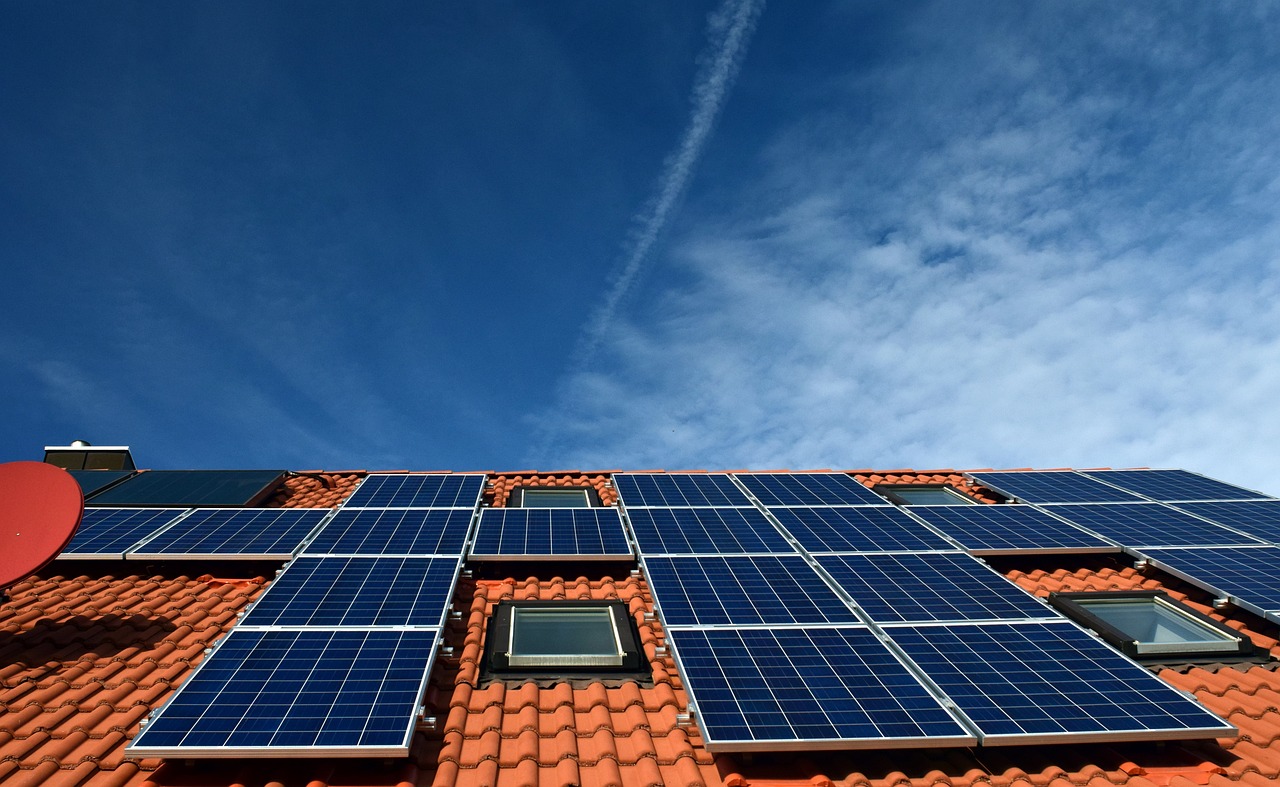
Types of Solar Inverters
When diving into the world of solar energy, understanding the different types of solar inverters is essential. These devices play a pivotal role in how effectively we can harness the sun's power. There are three primary types of solar inverters that cater to various installation needs and energy requirements: string inverters, microinverters, and power optimizers. Each type has its unique features, benefits, and drawbacks, making them suited for different scenarios.
String inverters are the most common type found in residential and commercial setups. They connect multiple solar panels in a series, converting the direct current (DC) electricity produced by the solar panels into alternating current (AC) electricity, which is what most homes and businesses use. While they are cost-effective and simple to install, string inverters can struggle with performance if one or more panels experience shading. Imagine a row of dominoes; if one falls, it can impact the entire line.
On the other hand, microinverters operate at the individual panel level. This means that each solar panel has its inverter, which converts DC to AC right there on the rooftop. This setup can significantly improve energy production, especially in situations where some panels may be shaded or oriented differently. Think of it as having a personal assistant for each solar panel, ensuring that each one operates at its best, regardless of the circumstances.
Lastly, we have power optimizers, which are somewhat of a hybrid between string inverters and microinverters. They are installed on each panel but still connect to a central inverter. Power optimizers maximize the energy output of each panel while maintaining the benefits of a string inverter setup. They can be a great choice for installations with partial shading or varying orientations.
| Type of Inverter | Key Features | Best For |
|---|---|---|
| String Inverters | Cost-effective, easy installation, connects multiple panels in series | Residential setups with minimal shading |
| Microinverters | Panel-level optimization, improved energy production | Installations with shading or varying panel orientations |
| Power Optimizers | Combines benefits of string inverters and microinverters | Systems with partial shading or differing panel angles |
In conclusion, understanding the types of solar inverters is crucial for anyone considering solar energy. The choice between string inverters, microinverters, and power optimizers can significantly impact the efficiency and effectiveness of a solar energy system. Whether you're looking to save on energy bills or contribute to a sustainable future, selecting the right inverter is a step in the right direction.
- What is the main function of a solar inverter? A solar inverter converts the DC electricity generated by solar panels into AC electricity, which is used by most household appliances.
- How do I choose the right type of inverter for my solar system? Consider factors such as shading, the orientation of your panels, budget, and whether you want to maximize energy production.
- Can I use a string inverter with shaded panels? While string inverters can work with shaded panels, they may reduce the overall efficiency of the system. Microinverters or power optimizers may be better in such cases.
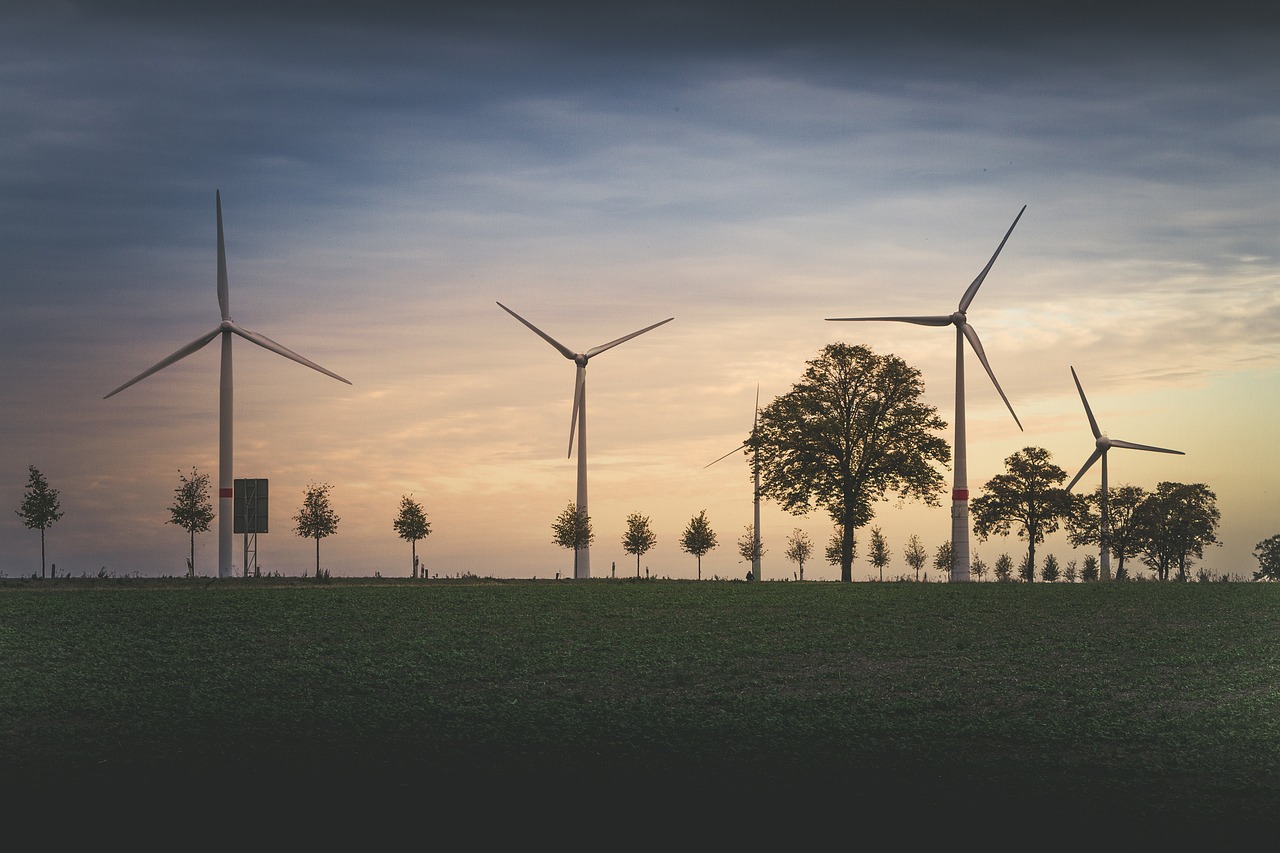
String Inverters
When it comes to solar energy systems, are often the unsung heroes. These devices play a pivotal role in converting the direct current (DC) electricity generated by solar panels into alternating current (AC) electricity, which is what most homes and businesses use. Imagine a bustling highway where multiple vehicles (solar panels) are traveling together in a convoy (the string inverter). The string inverter ensures that these vehicles move smoothly, converting the energy produced into a form that can power your home.
String inverters are typically designed to connect multiple solar panels in series, which means they are cost-effective and relatively easy to install. This makes them a popular choice for residential setups where the roof space is limited. However, it's essential to understand that the efficiency of these inverters can vary based on the conditions they face. For instance, if one panel in the string is shaded or malfunctioning, it can hinder the performance of the entire system. This is akin to a single weak link in a chain affecting the strength of the whole.
To further illustrate the effectiveness and potential drawbacks of string inverters, here’s a quick comparison:
| Aspect | Advantages | Disadvantages |
|---|---|---|
| Cost | Generally lower initial investment | Potential energy loss due to shading |
| Installation | Simple and straightforward | Less flexibility in panel positioning |
| Maintenance | Low maintenance requirements | One failing panel affects the whole string |
In conclusion, while string inverters are a fantastic option for many homeowners, it's crucial to consider the specific circumstances of your solar installation. Are there trees nearby that could cast shadows? Or perhaps your roof has multiple orientations? These factors can significantly impact the overall efficiency of a string inverter system. Therefore, it’s essential to weigh the pros and cons carefully and consult with a solar energy expert to determine the best setup for your needs.
- What is the lifespan of a string inverter? Most string inverters have a lifespan of around 5 to 10 years, but many manufacturers offer warranties that can extend up to 25 years.
- Can I replace a string inverter myself? While it’s possible, it’s recommended to hire a professional to ensure safety and proper installation.
- Do string inverters require maintenance? String inverters generally require minimal maintenance, but it’s a good idea to have them inspected periodically to ensure they’re functioning optimally.
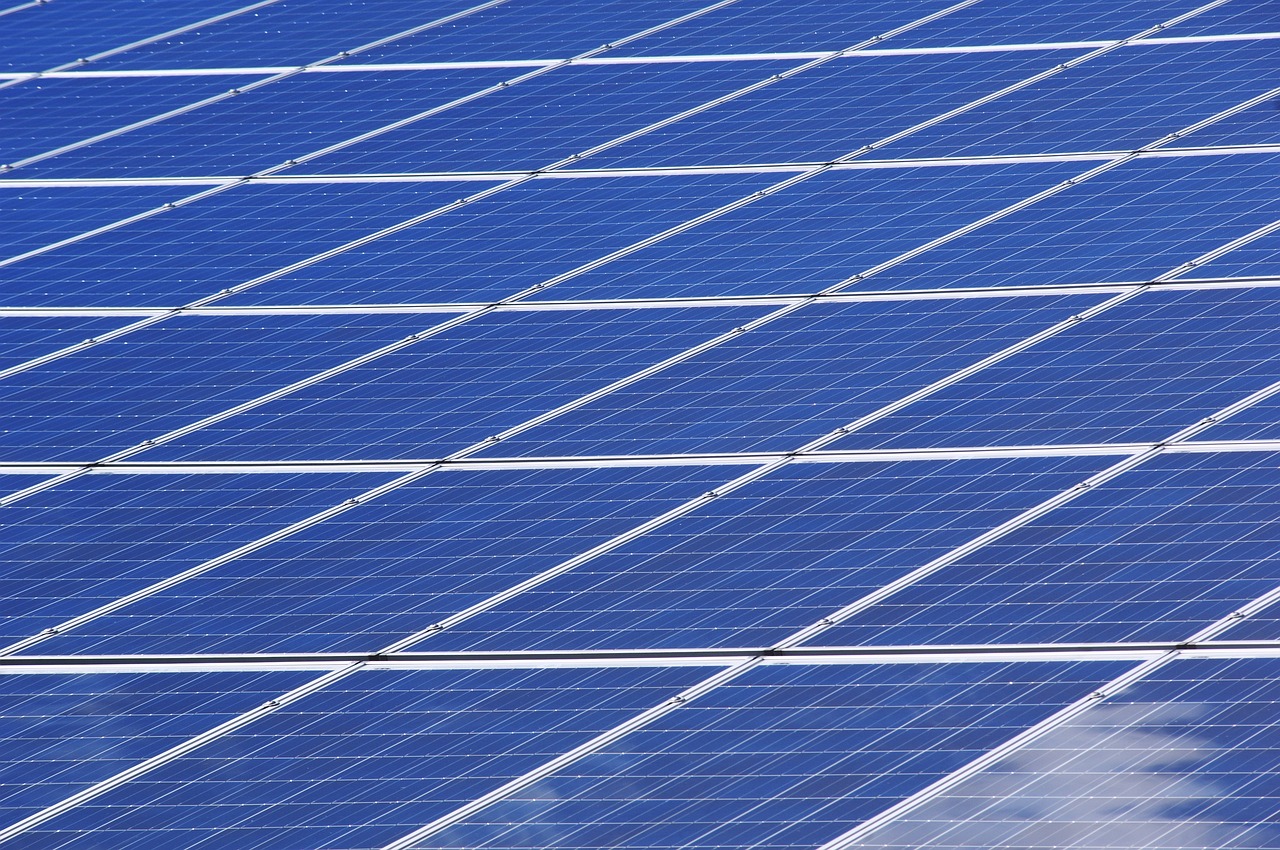
Advantages of String Inverters
String inverters are a popular choice among homeowners and businesses alike, and for good reason! One of the most significant advantages of string inverters is their cost-effectiveness. They are typically less expensive than other inverter types, making them an appealing option for those looking to install solar energy systems without breaking the bank. Additionally, their installation process is relatively simple, which can lead to lower labor costs. Imagine saving money while contributing to a cleaner environment—it's a win-win!
Another notable benefit of string inverters is their minimal maintenance requirements. Once installed, these inverters generally require little oversight. Homeowners can enjoy peace of mind knowing that their solar energy system is operating efficiently without the need for constant monitoring. The longevity of string inverters also adds to their appeal, as they can last for 5 to 10 years or even longer, depending on the manufacturer. This durability means that users can enjoy years of reliable energy production.
Moreover, string inverters are capable of handling a wide range of solar panel configurations. They can connect multiple panels in series, which simplifies the overall system design. This characteristic makes them particularly suitable for residential setups where space might be limited. The ability to integrate easily with various solar panel models allows homeowners to customize their solar energy systems to fit their specific needs.
However, it’s essential to note that while string inverters have many advantages, they do come with some limitations, particularly in terms of energy production when panels are shaded. But for many users, the benefits far outweigh these concerns. In fact, many homeowners find that the simplicity and reliability of string inverters make them the perfect choice for their solar energy needs.
In summary, the advantages of string inverters include:
- Cost-effectiveness: Lower initial investment compared to other inverter types.
- Minimal maintenance: Less oversight required, leading to peace of mind.
- Longevity: Durable and reliable, often lasting many years.
- Versatile integration: Compatible with various solar panel configurations.
By understanding these advantages, homeowners can make informed decisions about their solar energy systems, ensuring they choose the right components to maximize efficiency and savings.
Q: What is a string inverter?
A: A string inverter is a device that converts the direct current (DC) electricity generated by solar panels into alternating current (AC) electricity, which is used in homes and businesses. It connects multiple solar panels in series.
Q: How do string inverters compare to microinverters?
A: String inverters are generally less expensive and easier to install than microinverters. However, microinverters can provide better performance in shaded conditions, as they operate independently for each panel.
Q: Do string inverters require a lot of maintenance?
A: No, string inverters are designed to be low-maintenance. Once installed, they typically require minimal oversight, allowing homeowners to enjoy their solar energy systems without constant monitoring.
Q: Can I use string inverters with any solar panel?
A: String inverters are compatible with many solar panel configurations, but it's essential to check compatibility with specific models to ensure optimal performance.
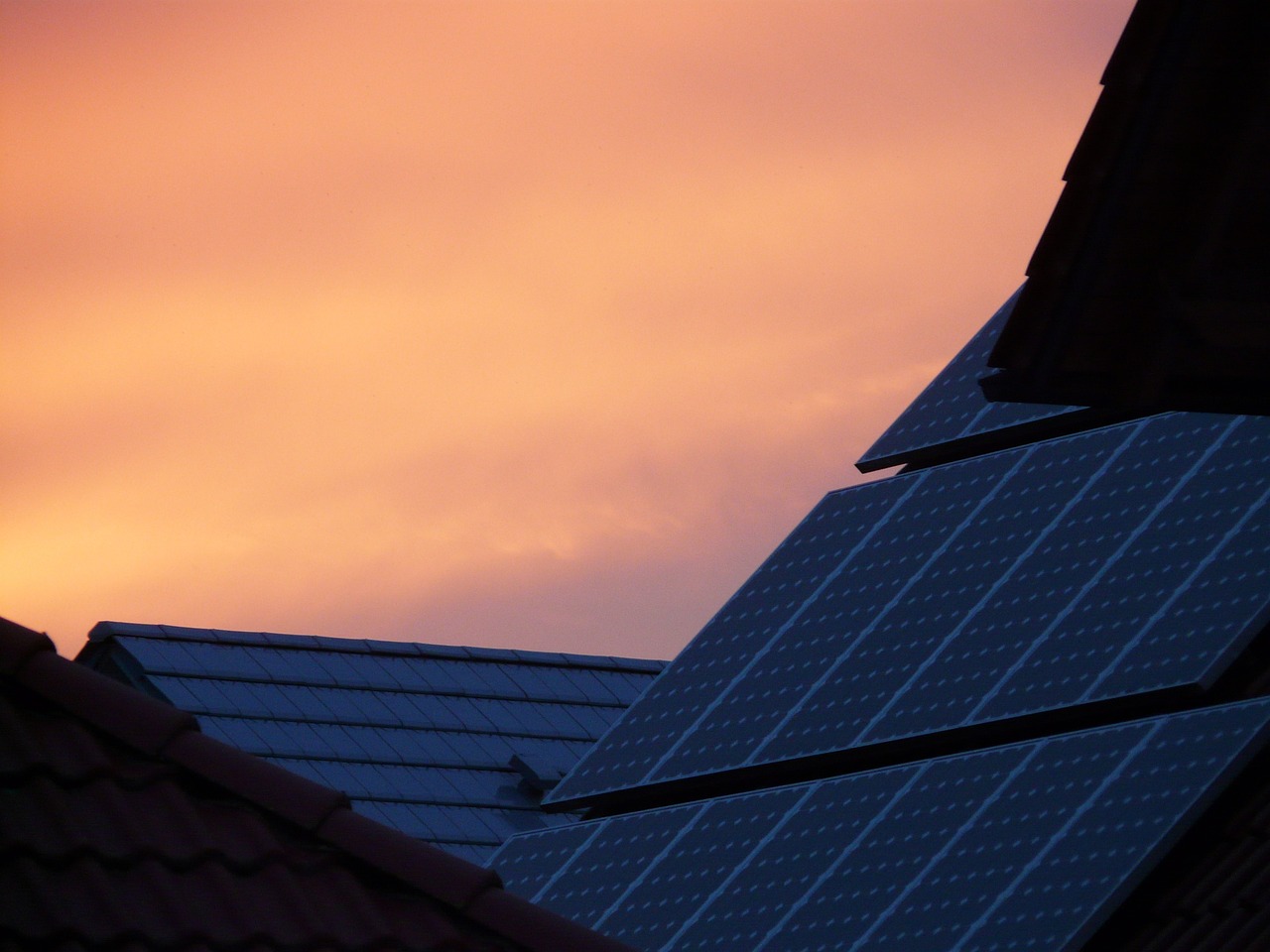
Disadvantages of String Inverters
While string inverters are a popular choice for many homeowners due to their cost-effectiveness and ease of installation, they do come with some notable disadvantages that can impact the overall performance of a solar energy system. One of the primary issues is their reliance on the weakest link principle. In a string inverter setup, multiple solar panels are connected in series, meaning that the performance of the entire system can be significantly affected by the output of the lowest-performing panel. If one panel is shaded, dirty, or malfunctioning, it can drag down the energy production of the entire string, leading to energy losses that could have been avoided with a different inverter technology.
Moreover, string inverters typically lack the ability to optimize the performance of each individual panel. This is particularly problematic in installations where panels are exposed to varying levels of sunlight due to shading from trees, buildings, or other obstructions. In such cases, the efficiency of the entire system can suffer, as the string inverter will operate at the output level of the underperforming panel.
Another disadvantage is the limited monitoring capabilities. Unlike microinverters, which allow for detailed performance tracking of each individual panel, string inverters usually provide data only at the system level. This means that if there is an issue with one panel, it can be challenging to identify and diagnose the problem without additional monitoring equipment.
Additionally, string inverters can be less flexible when it comes to system expansion. If a homeowner decides to add more panels in the future, they may need to replace the existing inverter to accommodate the new configuration, which can incur additional costs and complicate the installation process.
In summary, while string inverters are an excellent option for many solar energy systems, their disadvantages, such as energy losses due to shading, limited monitoring capabilities, and challenges with system expansion, should be carefully considered. Homeowners should evaluate their specific needs and circumstances to determine whether a string inverter is the best choice for their solar installation.
- What is the average lifespan of a string inverter?
String inverters typically last between 5 to 10 years, although some high-quality models can last up to 20 years with proper maintenance.
- Can I use a string inverter with a battery storage system?
Yes, many string inverters can be paired with battery storage systems, but it's essential to choose the right inverter that supports this integration.
- How do I know if my string inverter is working properly?
Most string inverters come with monitoring systems that allow you to check performance. Regularly reviewing this data can help identify any issues early on.
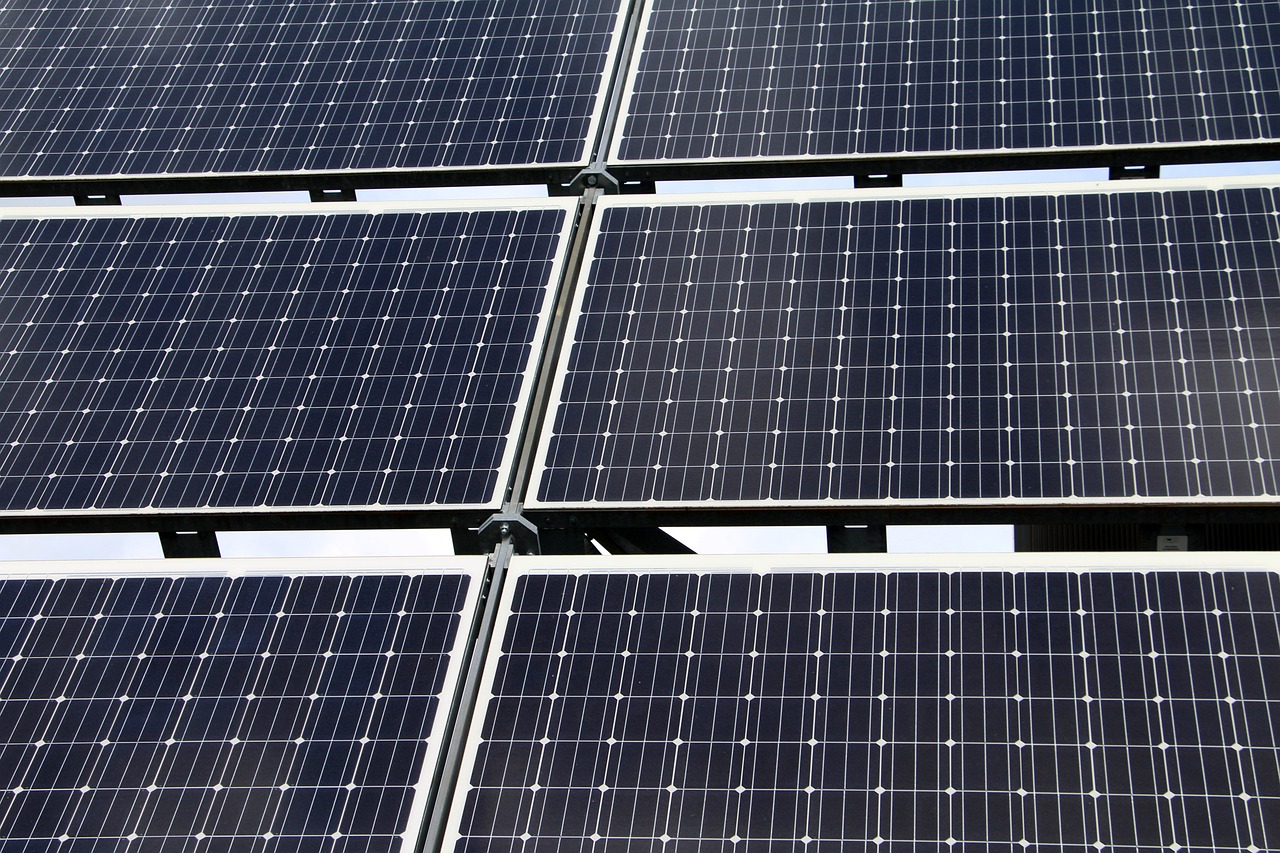
Microinverters
Microinverters are a game changer in the solar energy landscape. Unlike traditional string inverters that connect multiple solar panels in series, microinverters operate on a panel-by-panel basis. This means that each solar panel has its own dedicated microinverter, allowing it to convert direct current (DC) to alternating current (AC) independently. The beauty of this setup is that it maximizes energy production, especially in situations where panels might be shaded or oriented differently. Imagine a garden where each flower gets its own sunlight, rather than relying on a single beam; that’s the kind of efficiency microinverters bring to solar installations!
One of the standout features of microinverters is their ability to optimize energy output. Since they work independently, if one panel is underperforming due to shading or dirt, it won't drag down the performance of the entire system. This is particularly beneficial in residential areas where trees or buildings might cast shadows at different times of the day. In fact, studies have shown that microinverters can increase energy production by up to 20% compared to traditional string inverters. It’s like having a personal trainer for each solar panel, ensuring each one is working at its best!
Another significant advantage of microinverters is their monitoring capabilities. Most microinverter systems come with built-in monitoring tools that allow homeowners to track the performance of each panel individually. This means that if something goes wrong, you can pinpoint the exact panel that’s underperforming, making maintenance much more straightforward. It’s like having a health monitor for your solar energy system, giving you insights into how well your panels are doing and allowing you to address issues promptly.
However, while microinverters offer many benefits, they also come with some considerations. For instance, they tend to be more expensive upfront compared to string inverters. This can be a deterrent for some homeowners, especially those on a tight budget. Additionally, installation can be a bit more complex, which might require hiring a professional. But when you weigh the long-term benefits and potential energy savings, many find that microinverters are worth the investment.
In summary, microinverters provide a robust solution for solar energy systems, particularly for those facing shading issues or seeking maximum efficiency. With their ability to optimize performance and provide real-time monitoring, they represent a significant advancement in solar technology. If you’re considering solar energy for your home, microinverters are definitely worth a closer look!
- What is the main advantage of using microinverters? The primary advantage is their ability to optimize energy production by allowing each solar panel to operate independently, which increases overall efficiency.
- Are microinverters more expensive than string inverters? Yes, microinverters typically have a higher initial cost compared to string inverters, but they can lead to greater energy savings in the long run.
- Can I monitor the performance of each solar panel with microinverters? Absolutely! Most microinverter systems come with monitoring tools that let you track the performance of each panel individually.
- Are microinverters suitable for all types of solar installations? While they are particularly beneficial for installations with shading issues or varied panel orientations, they can be used effectively in many different setups.
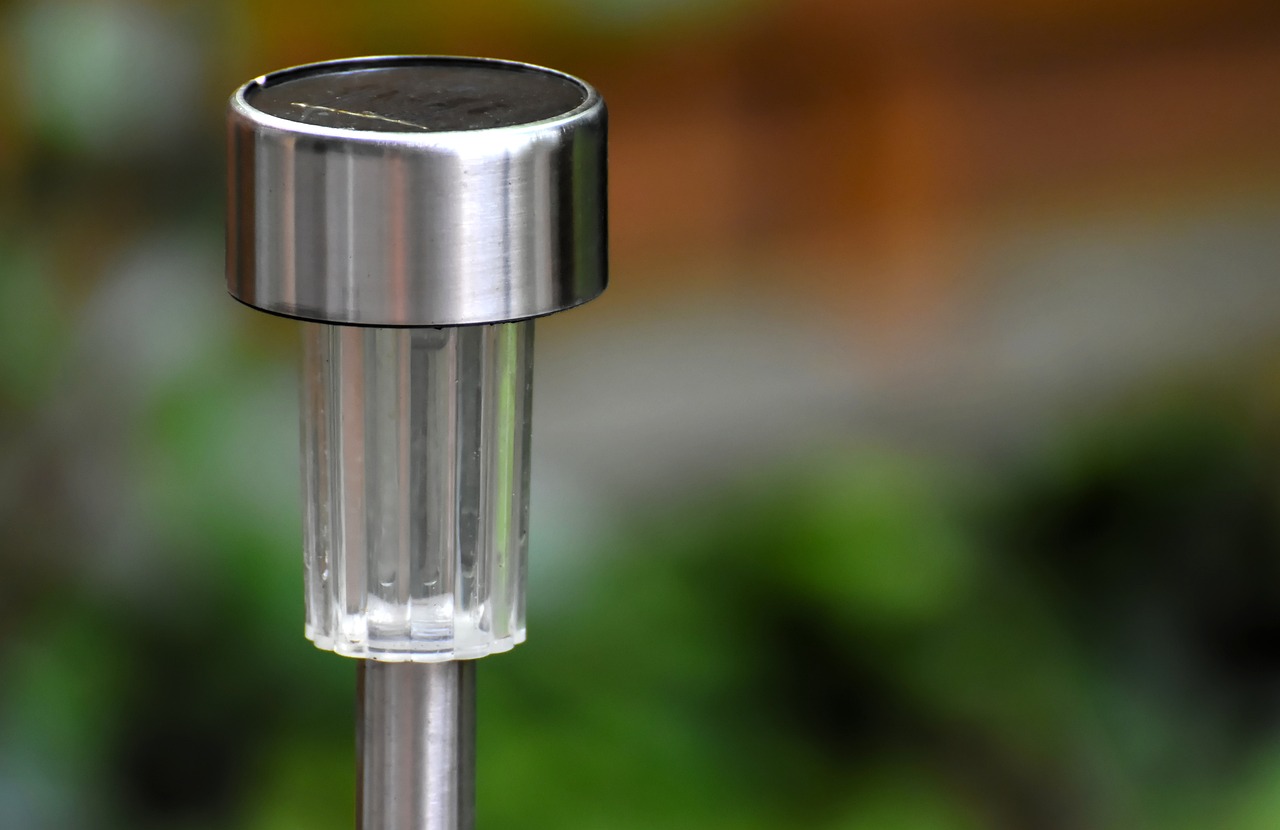
The Role of Batteries in Solar Systems
Batteries play a critical role in solar energy systems, acting as the backbone for energy storage and management. When solar panels generate electricity during the day, they produce what is known as direct current (DC). However, most household appliances and systems operate on alternating current (AC). This is where the solar inverter steps in, converting the DC electricity into usable AC electricity. But what happens when the sun goes down or when cloudy weather strikes? This is where batteries come into play, storing that excess energy for later use.
Imagine you're a squirrel gathering nuts for winter; you want to make sure you have enough stored away to last you through the cold months. Similarly, batteries allow homeowners and businesses to store solar energy, ensuring that they have access to power even when solar generation is low. This capability not only enhances energy independence but also provides a safety net during power outages.
Moreover, batteries can significantly improve the efficiency of a solar energy system. By storing surplus energy, users can maximize their self-consumption, reducing their reliance on the grid and ultimately lowering their electricity bills. For instance, if your solar panels produce more energy than you need during the day, the excess can be stored in your battery. Then, when the sun sets and your panels are no longer generating power, you can draw from your battery instead of relying on grid electricity, which often comes at a premium.
There are several types of solar batteries available, each with its own set of characteristics that cater to different needs. Below is a brief overview of the most common types:
| Type of Battery | Advantages | Disadvantages |
|---|---|---|
| Lithium-ion | High energy density, longer lifespan, faster charging | Higher initial cost |
| Lead-acid | Lower cost, widely available | Shorter lifespan, heavier, less efficient |
| Flow batteries | Long lifespan, scalable | Higher cost and complexity |
When choosing a battery for your solar system, it’s essential to consider factors such as capacity, lifespan, and cost. Each type has its own strengths and weaknesses, making it crucial to align your choice with your specific energy needs and budget.
In conclusion, batteries are not just an accessory in solar energy systems; they are a fundamental component that enables users to harness the full potential of solar power. By storing energy for use when the sun isn't shining, batteries enhance energy reliability, independence, and efficiency. As technology continues to evolve, we can expect even more advancements in battery systems that will make solar energy an even more viable and attractive option for everyone.
- How long do solar batteries last? Most solar batteries have a lifespan of 5 to 15 years, depending on the type and usage.
- Can I use my solar battery during a power outage? Yes, if your solar system is equipped with a battery backup, you can use stored energy during an outage.
- Are solar batteries worth the investment? While they have a higher upfront cost, solar batteries can save you money in the long run by reducing your reliance on grid electricity.
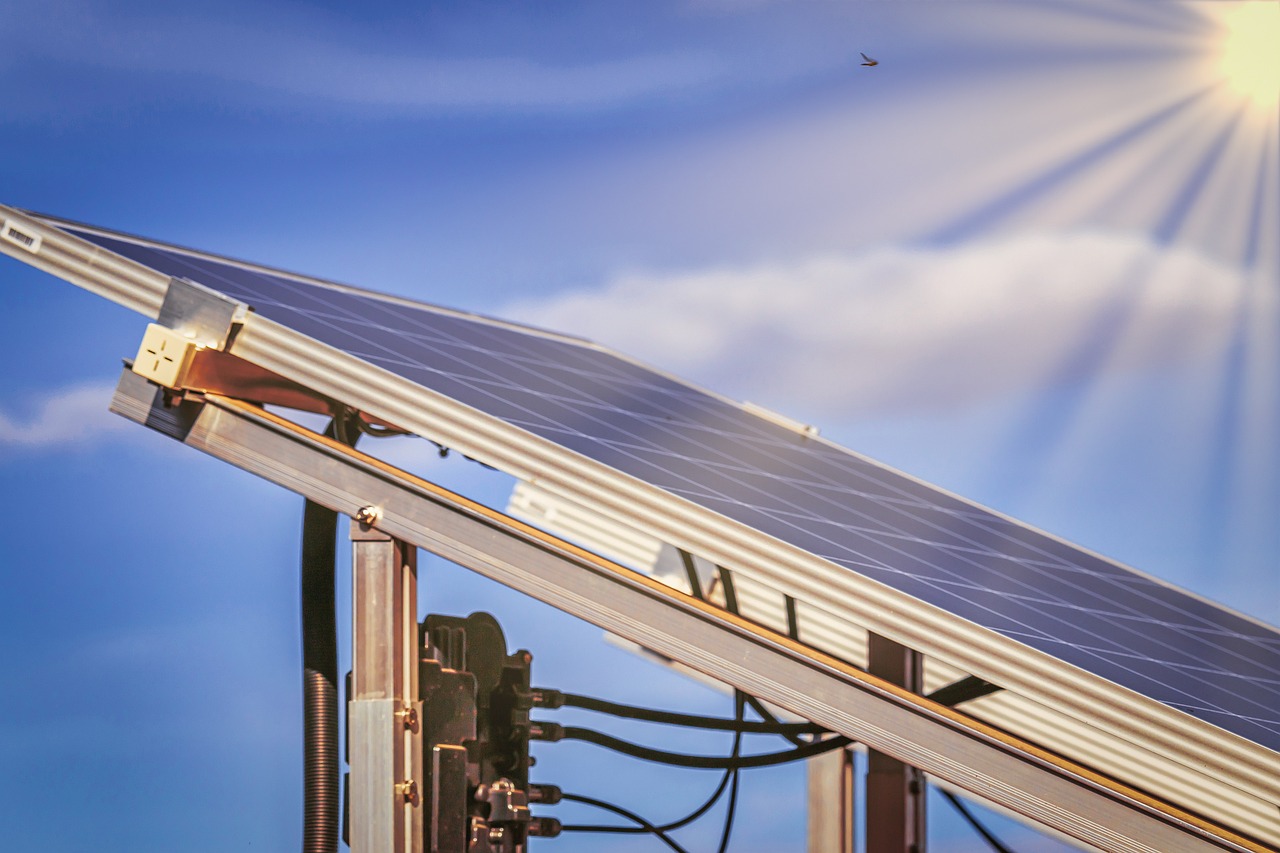
Types of Solar Batteries
When diving into the world of solar energy, understanding the various types of solar batteries is essential for making informed decisions about your energy storage needs. Solar batteries come in different shapes and sizes, each with its unique characteristics, advantages, and drawbacks. The most common types include lithium-ion batteries, lead-acid batteries, and flow batteries. Let's explore each of these options to see what they bring to the table.
Lithium-ion batteries are the rock stars of the solar battery world. Known for their high energy density and efficiency, these batteries can store a significant amount of energy in a compact form. They have a longer lifespan compared to other types, often lasting up to 10-15 years or more. Their lightweight nature and ability to discharge energy more efficiently make them a popular choice for homeowners looking to maximize their solar energy usage. However, this advanced technology does come with a higher price tag, which can be a consideration for some.
On the other hand, we have lead-acid batteries, which have been around for a long time and are often the go-to option for those on a budget. These batteries are generally less expensive upfront, making them an attractive option for many. However, they tend to have a shorter lifespan, usually around 3-7 years, and are less efficient in terms of energy storage and discharge. This means that while you might save money initially, you could end up spending more in the long run due to their shorter lifespan and lower performance.
Then there are flow batteries, which are a bit of an outlier in the solar battery market. They work by storing energy in liquid electrolytes, allowing for a different kind of energy storage that can be scaled up easily. This makes them an excellent choice for commercial applications or larger solar installations. Flow batteries can last for decades, but they are still relatively new to the market and can be more complex to install and maintain. Their costs can also be higher, which may deter some users.
When choosing a solar battery, it's essential to consider factors such as cost, efficiency, lifespan, and maintenance. To help you visualize these differences, here’s a quick comparison table:
| Type of Battery | Cost | Lifespan | Efficiency | Maintenance |
|---|---|---|---|---|
| Lithium-ion | High | 10-15 years | 90-95% | Low |
| Lead-acid | Low | 3-7 years | 70-80% | Moderate |
| Flow | High | 20+ years | 75-85% | High |
In conclusion, the type of battery you choose will ultimately depend on your specific needs and budget. Whether you lean towards the cutting-edge performance of lithium-ion batteries, the affordability of lead-acid options, or the innovative design of flow batteries, understanding these differences will empower you to make the best choice for your solar energy system.
- What is the lifespan of solar batteries? The lifespan varies by type: lithium-ion batteries can last 10-15 years, lead-acid batteries typically last 3-7 years, and flow batteries can last over 20 years.
- Are solar batteries worth the investment? Yes, especially if you want to maximize your solar energy usage, achieve energy independence, and ensure backup power during outages.
- How do I choose the right solar battery? Consider factors such as cost, efficiency, lifespan, and your specific energy needs to find the best fit for your solar system.
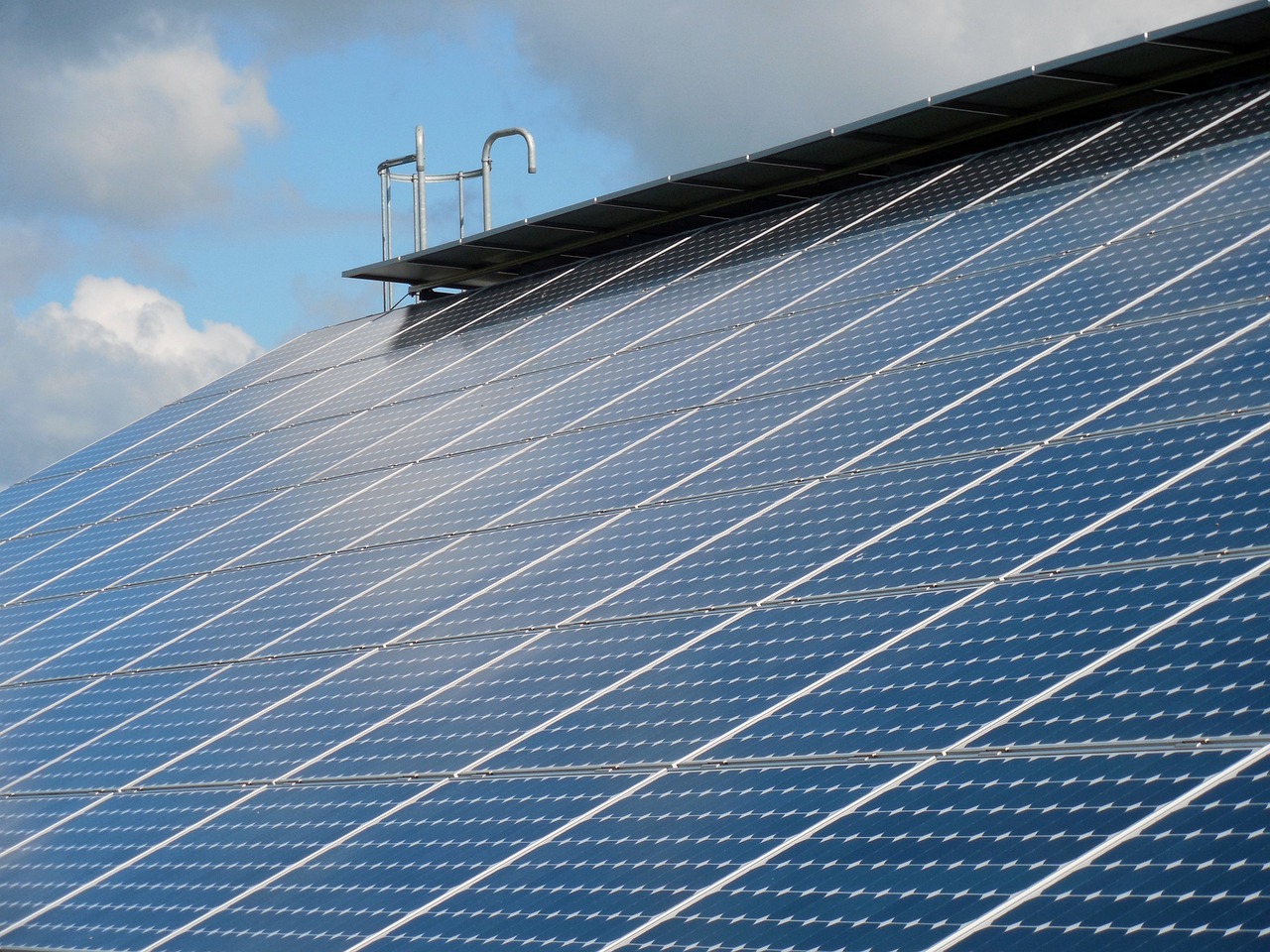
Benefits of Solar Battery Storage
Solar battery storage systems are becoming increasingly popular, and for good reason! They bring a multitude of benefits that can significantly enhance your solar energy experience. First and foremost, they allow you to store excess energy produced during the day for use at night or during cloudy days. This means that you can harness the full potential of your solar panels, maximizing your energy independence.
Imagine this: it’s a sunny afternoon, and your solar panels are working overtime, generating more electricity than you need. Instead of letting that energy go to waste, a solar battery stores it for later use. This capability is akin to having a savings account for your energy, ensuring you have power when you need it most. Furthermore, it can reduce your reliance on the grid, which can lead to significant savings on your electricity bills over time.
Another significant advantage of solar battery storage is the back-up power it provides during outages. In an age where power outages can disrupt our lives, having a reliable backup source is invaluable. With a solar battery system, you can keep essential appliances running, ensuring that your home remains a haven of comfort and safety, even when the grid goes down.
Moreover, solar batteries can help you maximize the self-consumption of your solar energy. By storing energy for later use, you can significantly decrease the amount of electricity you draw from the grid, especially during peak hours when rates are higher. This not only leads to lower energy bills but also contributes to a more sustainable energy future.
To illustrate the financial benefits of solar battery storage, consider the following table:
| Benefit | Description |
|---|---|
| Energy Independence | Store excess energy for use at night or during cloudy days. |
| Backup Power | Provides power during outages, keeping your home running smoothly. |
| Cost Savings | Reduces reliance on the grid, leading to lower electricity bills. |
| Environmental Impact | Promotes the use of renewable energy, reducing carbon footprint. |
In conclusion, investing in solar battery storage is not just about having a backup power source; it's about creating a more sustainable, efficient, and cost-effective energy solution for your home. Whether you’re looking to save money, ensure power reliability, or contribute to a greener planet, solar batteries are a smart choice that can elevate your solar energy system to new heights.
- What is the lifespan of a solar battery? Most solar batteries last between 5 to 15 years, depending on the type and usage.
- Can I use solar batteries with my existing solar panels? Yes, solar batteries can be integrated into most existing solar panel systems.
- How much do solar batteries cost? The cost varies widely based on type and capacity, but prices typically range from $5,000 to $15,000 for a complete system.
- Do solar batteries require maintenance? Generally, solar batteries require minimal maintenance, but it's wise to check them periodically to ensure optimal performance.
Frequently Asked Questions
- What is the primary function of a solar inverter?
A solar inverter's main job is to convert the direct current (DC) electricity produced by solar panels into alternating current (AC) electricity, which is what most homes and businesses use. Think of it as the translator between your solar energy system and your electrical devices!
- What are the different types of solar inverters available?
There are several types of solar inverters, including string inverters, microinverters, and power optimizers. Each type has its own unique features and benefits, making them suitable for different installation needs and energy requirements. For example, string inverters are great for straightforward setups, while microinverters shine in complex installations where shading is a concern.
- How do batteries enhance solar energy systems?
Batteries play a crucial role in solar energy systems by storing excess energy generated during sunny days. This stored energy can then be used during the night or on cloudy days, providing a reliable power source and enhancing your energy independence. It's like having a backup generator that runs on sunshine!
- What types of solar batteries are available?
Solar batteries come in various types, including lithium-ion, lead-acid, and flow batteries. Each type has distinct characteristics, advantages, and disadvantages. For instance, lithium-ion batteries are known for their efficiency and long lifespan, while lead-acid batteries are more affordable but have a shorter lifespan.
- What are the benefits of using solar battery storage?
Using solar battery storage can lead to significant benefits, such as energy savings, backup power during outages, and the ability to maximize self-consumption of solar energy. This means you can rely less on the grid and enjoy the peace of mind that comes with knowing you have power when you need it most.
- Are solar inverters and batteries easy to maintain?
Generally, solar inverters and batteries require minimal maintenance. String inverters are particularly low-maintenance, while microinverters might need a bit more attention due to their individual panel setup. As for batteries, keeping them clean and checking their connections periodically can go a long way in ensuring their longevity.
- Can I use solar energy without batteries?
Yes, you can use solar energy without batteries! Many people opt for grid-tied systems that feed excess energy back into the grid. However, without batteries, you won’t have a backup power source during outages or at night. It's like having a great party but not being able to enjoy the leftovers!
- How do I choose the right solar inverter for my home?
Choosing the right solar inverter depends on various factors, including your energy needs, the layout of your solar panel system, and your budget. It's helpful to consult with a solar energy professional who can assess your situation and recommend the best option tailored to your specific requirements.



















